How To Grow Nandina Domestica For A Beautiful Garden
Nandina Domestica, also known as Heavenly Bamboo, is a beautiful and versatile shrub that can add a touch of elegance to any garden. It is relatively easy to grow and care for, making it a good choice for even novice gardeners.
In this blog post, we will discuss the basics of growing Nandina Domestica, including:
- Choosing the right location
- Preparing the soil
- Planting
- Watering and fertilizing
- Pruning
- Pests and diseases
We will also provide some tips for creating a beautiful garden with Nandina Domestica.
Choosing the right location
Nandina Domestica is a sun-loving plant, so it is important to choose a location that receives at least 6 hours of sunlight per day. It can tolerate some shade, but it will not flower as well if it does not get enough sun.
The soil should be well-drained. Nandina Domestica is not tolerant of wet feet, so it is important to avoid planting it in areas where the soil is prone to flooding.
The pH of the soil should be neutral to slightly acidic. If the soil is too alkaline, the leaves of the Nandina Domestica may turn yellow.
Preparing the soil
Before planting, the soil should be amended with compost or other organic matter. This will help to improve drainage and provide nutrients for the plant.
The hole for planting should be twice as wide as the root ball of the Nandina Domestica. The plant should be placed in the hole so that the top of the root ball is level with the surrounding soil.
Planting
Nandina Domestica can be planted in spring or fall. If planting in the spring, water the plant well after planting. If planting in the fall, water the plant well after planting and then again in the spring.
Watering and fertilizing
Nandina Domestica needs regular watering, especially during the first year after planting. Once the plant is established, it can tolerate some drought.
The plant should be fertilized once a year in spring with a balanced fertilizer.
Pruning
Nandina Domestica does not require a lot of pruning. However, you may want to trim the plant in spring to remove any dead or damaged branches. You can also trim the plant to maintain its shape.
Pests and diseases
Nandina Domestica is generally resistant to pests and diseases. However, it can be susceptible to scale, mealybugs, and spider mites. If you see any of these pests, you can treat them with insecticidal soap or neem oil.
Creating a beautiful garden with Nandina Domestica
Nandina Domestica can be used in a variety of ways to create a beautiful garden. It can be used as a hedge, an accent plant, or a specimen plant. It can also be grown in pots or containers.
Here are a few ideas for using Nandina Domestica in your garden:
- Use it as a hedge to create privacy or define a space in your garden.
- Use it as an accent plant to add interest to a flower bed or border.
- Use it as a specimen plant to create a focal point in your garden.
- Grow it in pots or containers to add color and interest to your patio or deck.
No matter how you choose to use it, Nandina Domestica is sure to add beauty and interest to your garden.
Nandina domestica, also known as sacred bamboo, is a hardy evergreen shrub that can be grown in a variety of climates. It has dark green leaves that turn reddish in cold weather, and clusters of white or pink flowers in the spring. The roots and stems of Nandina domestica have a number of medicinal uses, including treating fever, indigestion, and toothaches.
To learn more about Nandina domestica, please visit Home Gardening.
FAQ of nandina domestica
- How long does Nandina live?
Nandina can live for over 100 years. Individual plants near homesites in the southern United States have been known to live for over 100 years.
- Where does Nandina grow best?
Nandina grows best in moist but well-drained soil that is slightly acidic. It can tolerate a wide range of pH levels, but it prefers a pH of 6.0 to 6.5. Nandina can grow in full sun or partial shade, but it will produce more colorful foliage in full sun.
- How much water does Nandina need?
Nandina needs regular watering, especially during hot, dry weather. Water deeply once a week, or more often if the weather is very hot or dry.
- How to prune Nandina?
Nandina can be pruned in late winter or early spring. Prune back any dead, damaged, or diseased branches. You can also prune Nandina to shape it or to keep it from getting too tall.
- Is Nandina invasive?
Yes, Nandina can be invasive in some areas. It is important to check with your local nursery or garden center to see if Nandina is an invasive species in your area before planting it.
- What are the benefits of Nandina?
Nandina is a versatile plant that can be used in a variety of landscape settings. It is tolerant of a wide range of conditions, and it is relatively low-maintenance. Nandina also provides food and shelter for wildlife.
Image of nandina domestica
- Nandina domestica in full bloom. The flowers are small and white, and they are clustered together in the uppermost leaf axils.
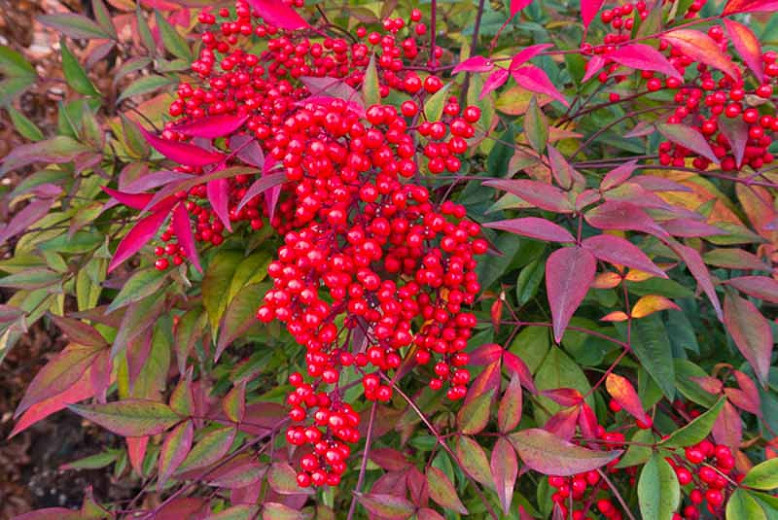
- Nandina domestica leaves in fall. The leaves turn a beautiful reddish-purple color in the fall.
- Nandina domestica berries. The berries are bright red and they are edible.

- Nandina domestica shrub in a garden. The shrub can grow to be up to 6 feet tall and wide.
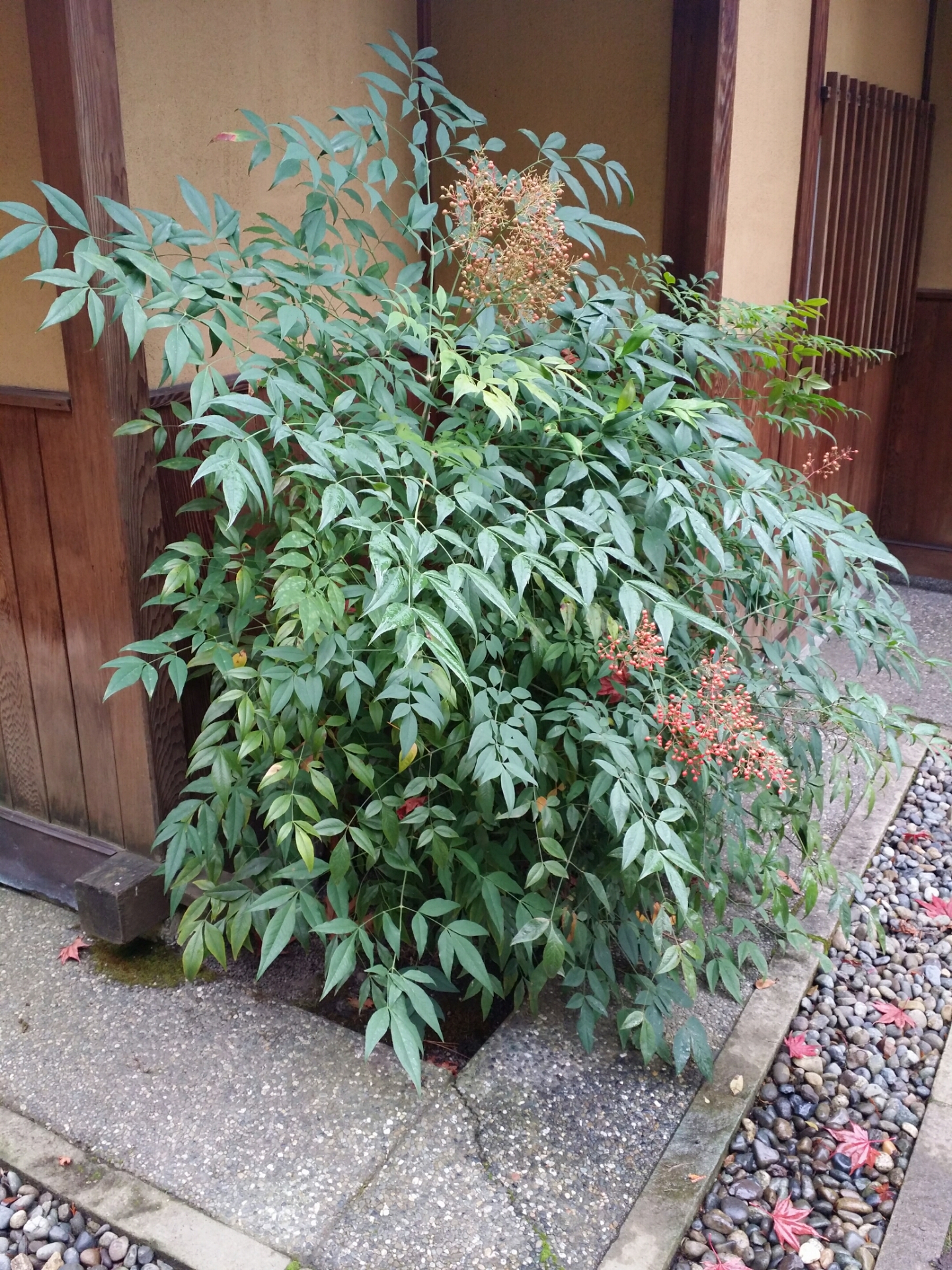
- Nandina domestica hedge. Nandina domestica can be used to create a hedge.
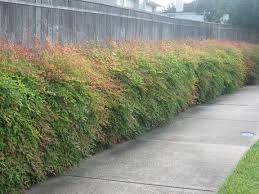
- Nandina domestica in a pot. Nandina domestica can also be grown in a pot.
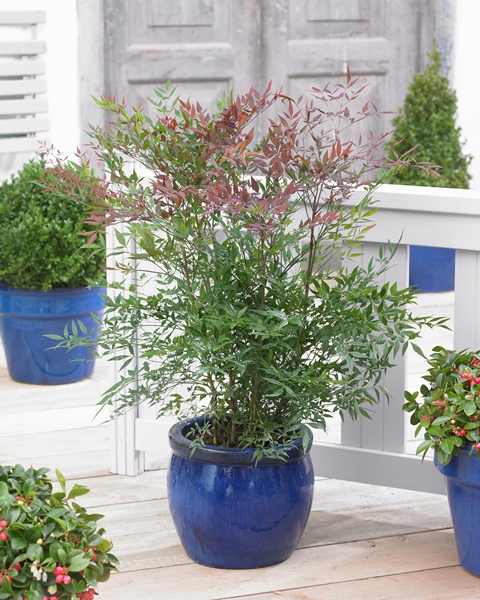
- Nandina domestica in a bonsai. Nandina domestica can also be trained into a bonsai.
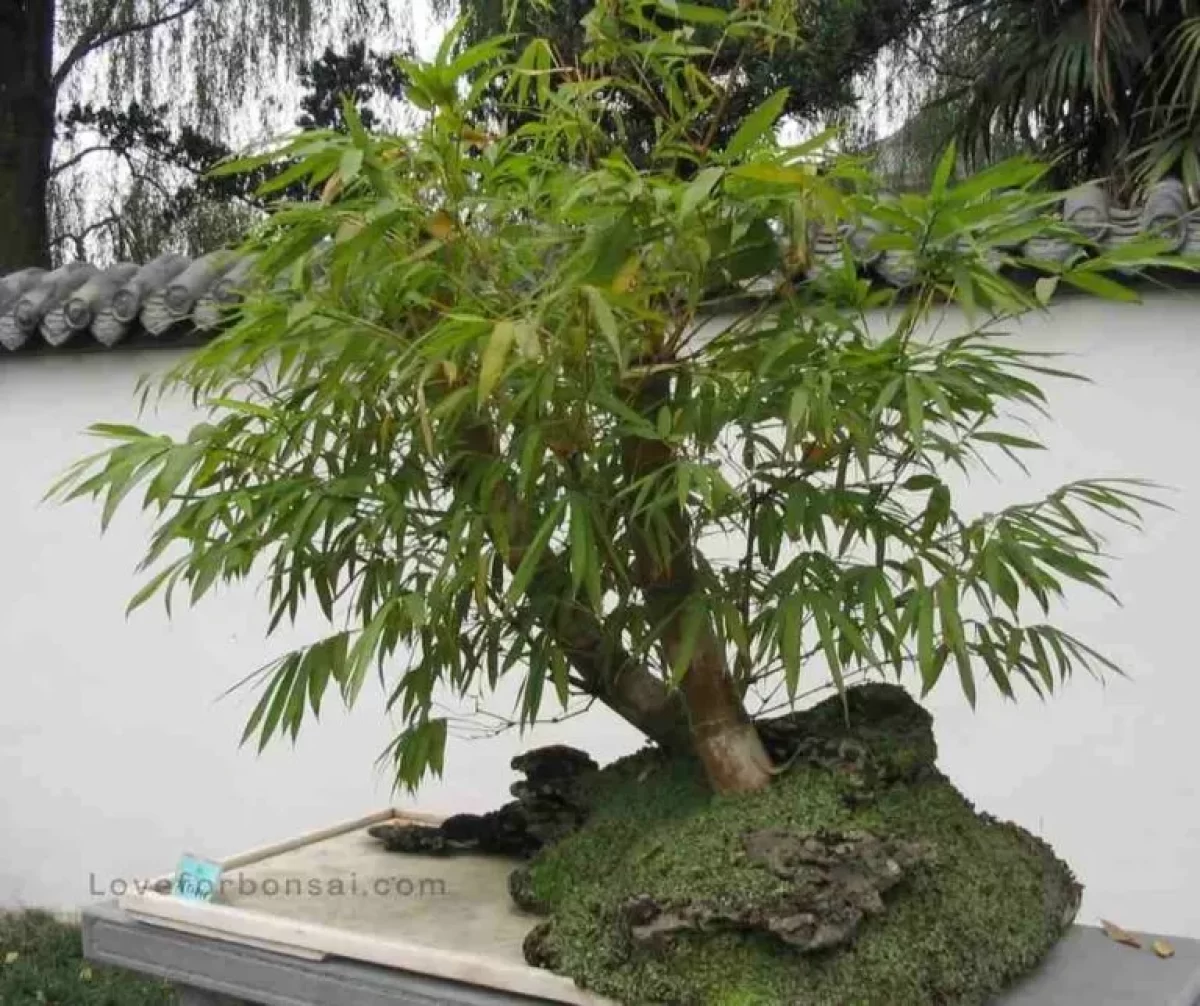
- Nandina domestica in a tropical garden. Nandina domestica is a tropical plant, so it can be grown in warm climates outdoors.
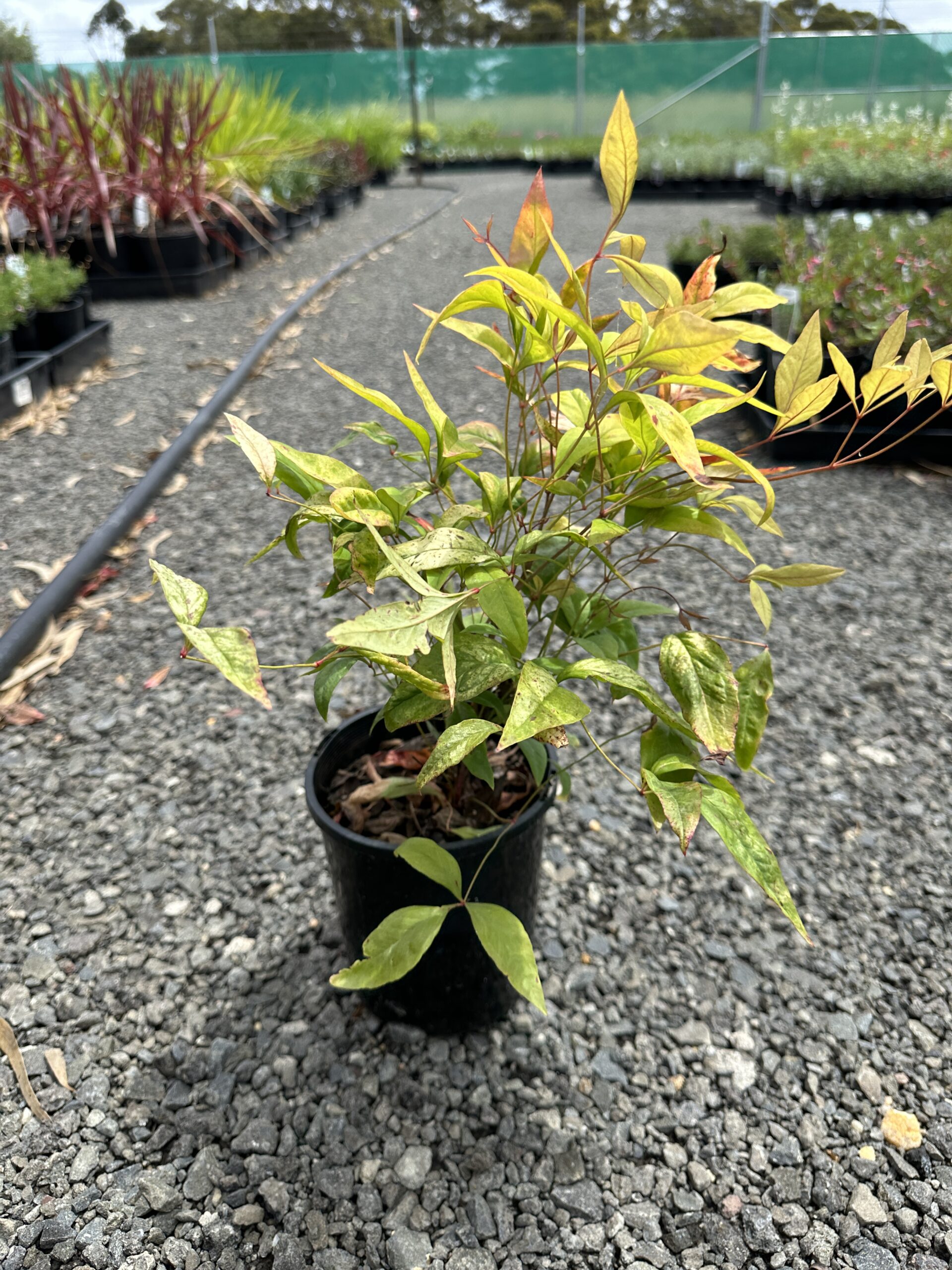
- Nandina domestica in a vase. Nandina domestica flowers can also be cut and used in a vase.

- Nandina domestica leaves in winter. The leaves of nandina domestica remain green throughout the winter in warm climates.


Post a Comment for "How To Grow Nandina Domestica For A Beautiful Garden"